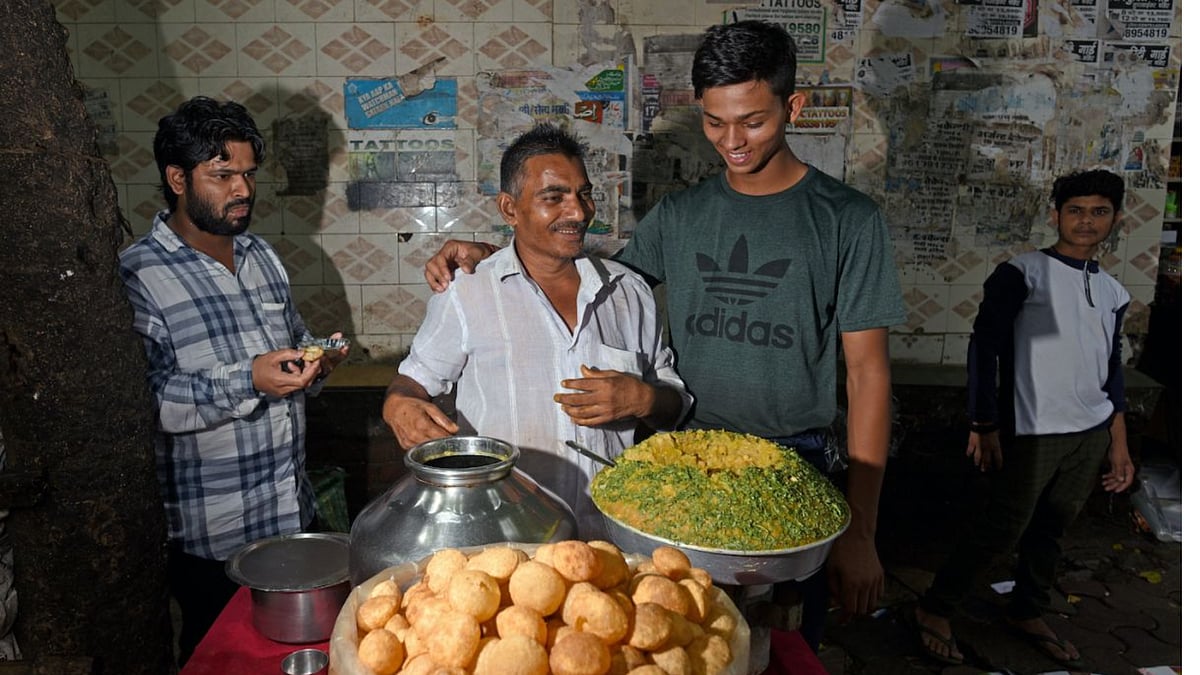Mumbai: Maharashtra's agricultural sector is set to experience significant growth of 8.7% in 2024-25, compared to the 3.3% seen the previous year. This increase will notably boost production levels of cereals, pulses, oilseeds, and cotton, as highlighted in the economic survey, which suggests that agricultural growth outpaces both the industrial and services sectors.
In the kharif season of 2024-25, expected production increases include cereals by 49.2%, pulses by 48.1%, oilseeds by 26.9%, and cotton by 10.8%. However, sugarcane production is projected to decline by 6.6% in comparison to the previous year. The rabi season forecasts a rise in cereal and pulse production of 22.7% and 25%, respectively, but a downturn for oilseed production of 22.7% is also anticipated.
Experts indicate that the shift towards fibrous and nutritious foods is shaping agricultural trends. Notably, the state received 116.8% of its normal rainfall in 2024. Despite this positive growth outlook, the report reveals a troubling trend: over the past 13-14 years, the share of agriculture's gross value added has decreased from 13.1% to 11.2%, suggesting that farmers are not receiving adequate prices for their produce, affecting their profitability.
Economist Dr. Neeraj Hatekar expressed that while the projected 8.7% growth should improve farmers' wealth year-on-year, the unfavorable projections for paddy and sugarcane make achieving prosperity through crops like soybean and cotton uncertain. Furthermore, women's landholdings have increased alongside total operational landholdings, although individual parcel sizes are decreasing. While per capita availability of milk and eggs is rising in Maharashtra, it remains below the national average, and irrigation utilization stands at only 40% of its 56% potential.
During the kharif season of 2024-25, production estimates indicate significant increases in grains, pulses, oilseeds, and cotton, with anticipated growth of 49.2%, 48.1%, 26.9%, and 10.8% respectively. Conversely, sugarcane production is expected to decline by 6.6% compared to the previous year. In the rabi season, projections suggest a rise in cereals and pulses by 22.7% and 25% respectively, while oilseed production is predicted to fall by 22.7% year-on-year, according to the survey.
Experts have noted a shift in consumer preference towards fibrous and nutritious foods, moving away from carbohydrates and sugar, impacting farming choices. The state has experienced 116.8% of normal rainfall in 2024. However, the survey highlights a concerning trend where the gross value added by agriculture has decreased from 13.1% to 11.2% over the past 13-14 years, indicating that farmers are not receiving adequate prices for their produce, leading to diminished profits. Economist Dr. Neeraj Hatekar mentioned that while an 8.7% agricultural growth could theoretically enhance farmer wealth compared to the previous year, the unfavorable forecasts for paddy and sugarcane cast doubt on achieving prosperity through crops like soybean and cotton.
Notably, women’s landholdings have increased alongside overall operational landholdings, even if individual holding sizes have decreased. Although per capita availability of milk and eggs is on the rise in Maharashtra, it still falls below the national average. Furthermore, despite an irrigation potential of 56%, the state only utilizes 40% of this capacity.










